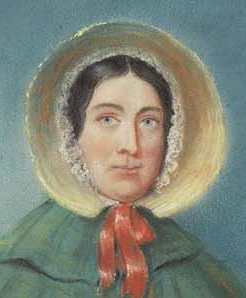coprolitesのTwitterイラスト検索結果。 5 件
- other bears! This idea's supported by coprolites associated with Arctodus containing Juniper seeds, isotope data showing they ate some local large browsing herbivores, and bones of sloths and young proboscideans with possible Arctodus tooth marks! (2/2)
Art by Joschua Knüppe!
In fact the meeting of @GeolSoc #OTD in 1829 was a bit of a #MaryAnning fest, William Buckland announcing not only her pterosaur, and coprolites, but her also discovery of fossil sepia, the preserved ink sacs of cephalopods. 1/3
Future coprolites in the making #euproops #PaleoDoodles #Eupoopidae
Dinosaurs don't usually float my boat but I loved this episode of #TerribleLizards all about dino-poo! Listen to the end to find out if constipation might have caused them to die out, 'bulge-eyed and in agony, unable to pass a motion.' 💩 😜 #coprolites https://t.co/3z4x2wjW2V
#FossilFriday the cave hyaena (Crocuta crocuta spelaea) found all over Eurasia.
1. Cave hyaena skull from Wookey Hole, Devon
2. Spotted hyaena by Charles J Sharp (CC-BY-SA)
3. Cave hyaena jaw from Kirkdale cave, Yorkshire
4. Cave hyaena coprolites by Didier Discouens (CC-BY-SA)













